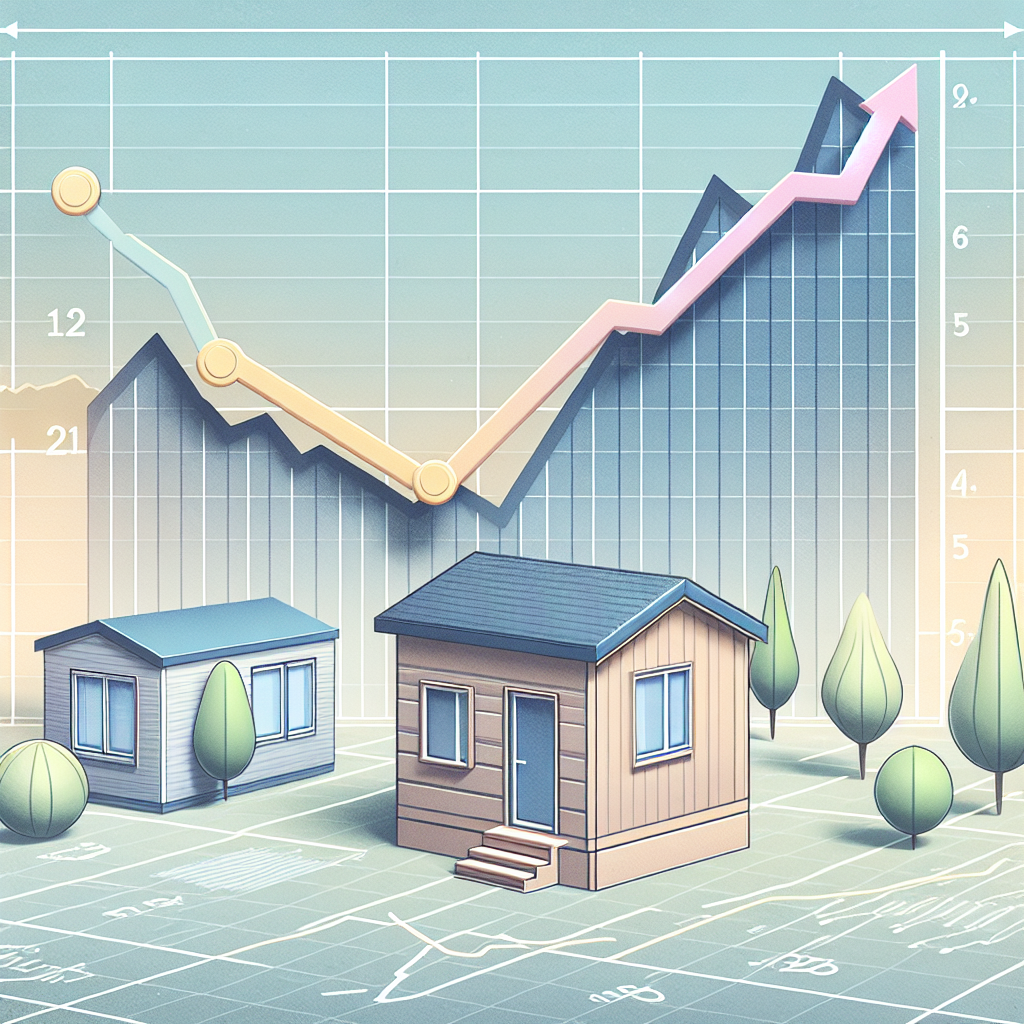Manufactured Homes Outpace Site-Built Homes in Value Growth
In recent years, the housing market has witnessed a significant shift in the value growth of manufactured homes compared to traditional site-built homes. This trend is reshaping the landscape of homeownership and investment, offering new opportunities and challenges for buyers, sellers, and investors alike. This article delves into the factors driving this change, supported by statistics, case studies, and expert insights.
The Rise of Manufactured Homes
Manufactured homes, often referred to as mobile homes, are factory-built dwellings that are transported to a site for installation. Historically, these homes were seen as a less desirable option compared to site-built homes due to their perceived lower quality and depreciation in value. However, recent developments have changed this perception.
- Improved construction standards and materials have enhanced the quality and durability of manufactured homes.
- Affordability remains a key advantage, with manufactured homes costing significantly less per square foot than site-built homes.
- Flexibility in location and design allows for customization and adaptation to various living environments.
Value Growth Trends
According to a report by the Urban Institute, manufactured homes have seen a notable increase in value growth over the past decade. Between 2014 and 2021, the average annual appreciation rate for manufactured homes was approximately 3.4%, compared to 3.8% for site-built homes. However, in certain regions, manufactured homes have outpaced their site-built counterparts.
For instance, in states like Florida and Texas, where the demand for affordable housing is high, manufactured homes have appreciated at rates exceeding 5% annually. This trend is attributed to several factors:
- Increased demand for affordable housing options in urban and suburban areas.
- Rising land costs, making manufactured homes a more viable option for first-time buyers.
- Advancements in energy efficiency and sustainability, appealing to environmentally conscious consumers.
Case Studies: Success Stories
One notable example is the community of Oakwood Estates in Florida, where manufactured homes have appreciated by over 6% annually since 2015. This community has invested in infrastructure improvements, such as better roads and utilities, enhancing the overall living experience and boosting property values.
Similarly, in Austin, Texas, the Whispering Pines community has seen a surge in demand for manufactured homes, driven by the city’s booming tech industry and the influx of young professionals seeking affordable housing options. The community’s strategic location and modern amenities have contributed to a 7% annual appreciation rate.
Challenges and Considerations
Despite the positive trends, there are challenges associated with manufactured homes. Financing options can be limited, as many lenders still view these homes as riskier investments. Additionally, zoning regulations and land availability can pose obstacles for potential buyers.
However, industry experts suggest that as the market continues to evolve, these challenges will be addressed through policy changes and innovative financing solutions.
Conclusion: A New Era for Manufactured Homes
The growing value of manufactured homes signifies a shift in the housing market, driven by affordability, quality improvements, and changing consumer preferences. As these homes continue to appreciate in value, they offer a viable alternative to traditional site-built homes, particularly in regions with high demand for affordable housing.
For prospective homeowners and investors, understanding the dynamics of this market is crucial. By recognizing the potential of manufactured homes, stakeholders can make informed decisions that align with their financial goals and lifestyle preferences.
In conclusion, the rise of manufactured homes represents a promising development in the housing sector, offering new opportunities for growth and innovation in the years to come.



